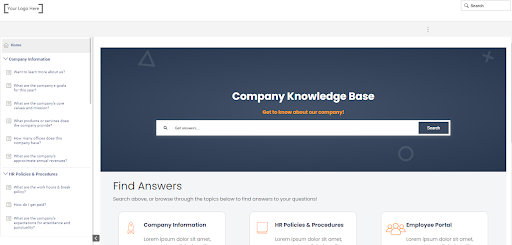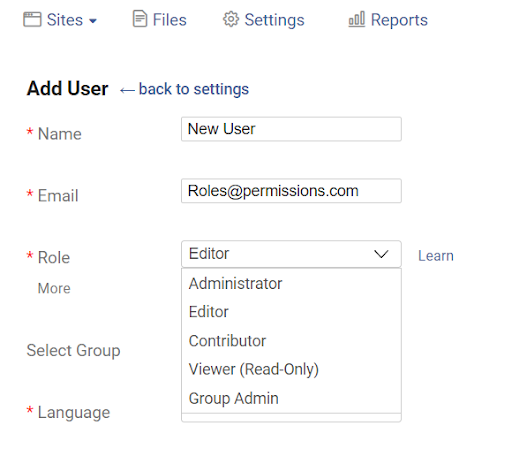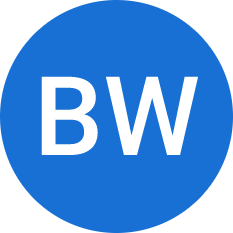
Successful businesses have one thing in common – they know how to optimally capture, retain, and utilize employees’ knowledge to achieve transformational growth.
While tacit knowledge held by employees is difficult to capture, explicit knowledge can be effortlessly recorded, documented, and shared. This knowledge exists in multiple formats such as manuals, books, how-to videos, knowledge bases, and many more.
In this blog, we will decode explicit knowledge, explore its benefits and uncover some useful tips on how to capture it.
Happy learning!
What Is Explicit Knowledge?
Explicit or expressive knowledge is information that can be easily stored and passed on to others. Such knowledge can be effortlessly recorded, accessed, and interpreted. This can be done with the help of self-help manuals, FAQs, how-to videos, articles, etc. A centralized repository of such knowledge can significantly improve learning and build a solid foundation of knowledge for an organization.
Explicit Vs Tacit Knowledge
Tacit knowledge vs. explicit knowledge is a common topic of discussion in companies that value the role of knowledge in their growth.
Let us look at how explicit knowledge differs from tacit knowledge.
Explicit Knowledge:
- It is easy to articulate, document, and share.
- The nature of explicit knowledge is logical, objective, and structured.
- Explicit knowledge can be codified and easily captured.
- It can be acquired through reasoning and hands-on experience.
- It can be securely stored and accessed through research reports, user manuals, employee handbooks, etc.
Tacit Knowledge:
- Tacit knowledge is gained from personal experiences and observations.
- The nature of tacit knowledge is subjective and difficult to document.
- Tacit knowledge is challenging to comprehend and capture.
- It can be acquired through in-person interactions and analysis.
- It can also be gained through experimentation and research.
Read More: What is Implicit Knowledge: Importance, Benefits & Examples
Prominent Benefits of Explicit Knowledge
Storing, organizing, and sharing explicit knowledge can bring numerous advantages to your business. To understand the importance of explicit knowledge, let us look at the top 5 benefits of leveraging it:
Boosts Employee Productivity
When employees have an easily accessible repository of explicit knowledge, they become more self-reliant. They can use the repository to understand concepts and remove resistance from their workflows. Self-reliant employees are more confident and work with better clarity, resulting in higher productivity.
Improves Company Operations
Businesses of any size are prone to operational inefficiencies. These can seep into your business unknowingly and weaken the work processes. A one-stop center of explicit knowledge removes operational resistance caused due to the unavailability of information. As employees have immediate access to important data, they can work and communicate more efficiently.
Aids Employee Onboarding
According to a survey by CareerBuilder, 93% of organizations believe that the onboarding experience plays a key role in employee retention. New hires go through a lot of stress while learning about a company’s work processes, policies, culture, etc. With centralized documentation of explicit knowledge, learning becomes a breeze for new employees. They can self-learn at their own pace, solve problems independently, and give their best to work from day one.
Read more: Employee Onboarding: How to Use Your Knowledge Base Effectively
Promotes Positive Decision Making
To make the right decisions, careful analysis of information is crucial. Easy access to organizational knowledge allows employees to take all the aspects and insights into account before making any decision. Such a practice makes problem-solving and decision-making a lot easier for employees.
Prevents Knowledge Loss
Knowledge loss happens when employees, especially those at the senior levels, leave your organization. Creating a system that facilitates the regular sharing of such knowledge ensures you never lose the wisdom employees gain during their tenure. Regularly documenting explicit knowledge helps you build a solid repository of useful information that can aid multiple client projects and new employee onboarding.
Read more: Knowledge Transfer – What it is & How to Achieve it?
How to Effectively Capture and Utilize Explicit Knowledge
Capturing explicit knowledge is essential for improving the learning and productivity of your employees. Let us look at four ways to capture and use it:
Audit Existing Documents
It is possible that the documents in your knowledge repository haven’t been updated in a while. In such a case, you need to revisit those files and check for relevance and accuracy and replace any dated information with the latest content.
After evaluating the existing documents, consult with your team and analyze how to improve your knowledge base. You can start by asking your employees about the areas where they think knowledge gaps exist. In addition to this, you can also analyze reports, reviews, and comments to figure out what kind of content can benefit your workforce.
Once you have audited your documents and assessed the necessary modifications, you will be in a better position to identify what information needs to be added or removed.
Build a Content Creation Framework
Documents with varying styles and formats can affect comprehension, which is why you need to have a content creation framework in place. Having a framework will help your employees maintain consistency throughout the knowledge base by following set guidelines.
Most modern knowledge management systems offer customizable templates to help you focus solely on content authoring — saving the time spent on structuring and formatting.
The templates come with a table of contents and relevant sections within a pre-built framework that can be customized as per your company branding and guidelines. Such a framework enables you to document explicit knowledge without worrying about the structure.

Motivate Employees to Collaborate
Motivating employees to come together and bring their unique insights to the table can work wonders for your business. The collaborative efforts of your employees help you capture the most updated and relevant explicit knowledge available across teams and departments.
To help your employees collaborate in real-time, you can use a capable knowledge management software. Such a system allows you to streamline the process of documentation by assigning certain roles and responsibilities to each member of the team. Doing so will help all members avoid duplicate content and work in tune with each other.
When all members work with combined synergy, they are likely to produce quality, error-free content.

Develop a Data-Driven Documentation Approach
Once you start the documentation process, you will soon find yourself running out of ideas about which articles to create or modify.
To address this, you can use a knowledge base software with a built-in reporting system. Such a system offers insights into the most searched topics, failed searches, and common queries to help you create relevant articles for your employees.
With a built-in reporting system, you can also gain a peek into the activities of your authors and contributors to check if the documentation is happening as planned.
Examples of Explicit Knowledge
Explicit knowledge transfer can be executed in many forms depending on the type and industry of your organization. To understand the use cases better, let us now look at the common explicit knowledge examples:
Employee Handbook
An employee handbook is a compilation of explicit knowledge about your work culture, code of conduct, and business policies. It is updated from time to time to ensure there are no knowledge gaps and inaccuracies. It also documents your company’s vision, mission, and values, which helps employees work in complete alignment with your business objectives.
Read More: How to create Employee handbook
Internal Knowledge Base
An internal knowledge base is a great example of explicit knowledge that helps create a work culture centered on learning by giving employees 24×7 access to crucial company information. Such a repository is highly searchable and can be accessed anywhere, anytime, creating a resistance-free learning process.
Read More: How to create internal Knowledge base
Process Documentation
Process documentation comprises information about core company processes from across departments like customer support, marketing, product development, etc. Employees can easily access this bundle of knowledge to solve work-related problems.
Read More: How to Create Process Documentation
Research Reports
Reports are a crucial source of knowledge that helps you determine market trends, customer behavior, campaign success, and a lot more. The insights can be used to craft powerful strategies for your company’s growth and development.
Leverage Explicit Knowledge to Boost Learning & Collaboration
Explicit knowledge, as you know by now, is easy to express and comprehend. Harnessing this knowledge is essential for your organization as it helps boost employee productivity, streamlines processes, prevents knowledge loss, and brings many other benefits.
Employee handbooks, internal knowledge base, user manuals, and process documentation are all examples of explicit knowledge that can guide your workforce in the right direction.
Carefully capturing and utilizing explicit knowledge can encourage your employees to deliver tremendous value, irrespective of their skills and experience. With the support of the right knowledge base software, you can easily collect explicit knowledge and bring waves of positive change to your organization.
FREE. All Features. FOREVER!
Try our Forever FREE account with all premium features!







